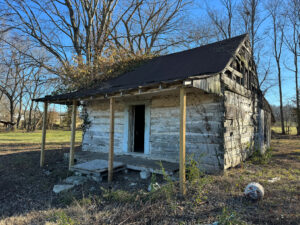Hello, Mr. History,
Do you know what different conditions there were between the Amistad and other ships that allowed the slaves on the Amistad to revolt?
Greetings,
Hein
? ? ?
Dear Hein,
Nobody who transported them was about to allow slaves to revolt on any ship that carried them. La Amistad, however, was a schooner designed for carrying sugar cane, not slaves, when Don José Ruiz and Don Pedro Montez, having purchased 53 Mende slaves from the Portuguese slaver Tecora (which had purchased some 500 from what is now Sierra Leone, one-third of whom had died during the crossing), departed Havana, Cuba, on June 28, 1839, bound for Puerto Principe, Cuba, where most would be sold to local sugar plantations. One of the female slaves happened to find a file aboard Tecora and secreted it on her person, waiting for the best opportunity to use it. That opportunity came aboard La Amistad when she passed it to Sengbe Pieh, who had been a 25-year-old farmer before being captured and enslaved, and he patiently worked on the chain holding him. Meanwhile, La Amistad, which had only taken on four days’ worth of food, had encountered unexpected headwinds that slowed her progress, and was thus still at sea when Sengbe Pieh (aka Joseph Cinqué) managed to file through his chain on July 2, and lead those slaves he could free in a revolt against their captors. What happened after that is another long story…
Sincerely,

Jon Guttman
Research Director
World History Group
More Questions at Ask Mr. History
Don’t miss the next Ask Mr. History question! To receive notification whenever any new item is published on HistoryNet, just scroll down the column on the right and sign up for our RSS feed.




